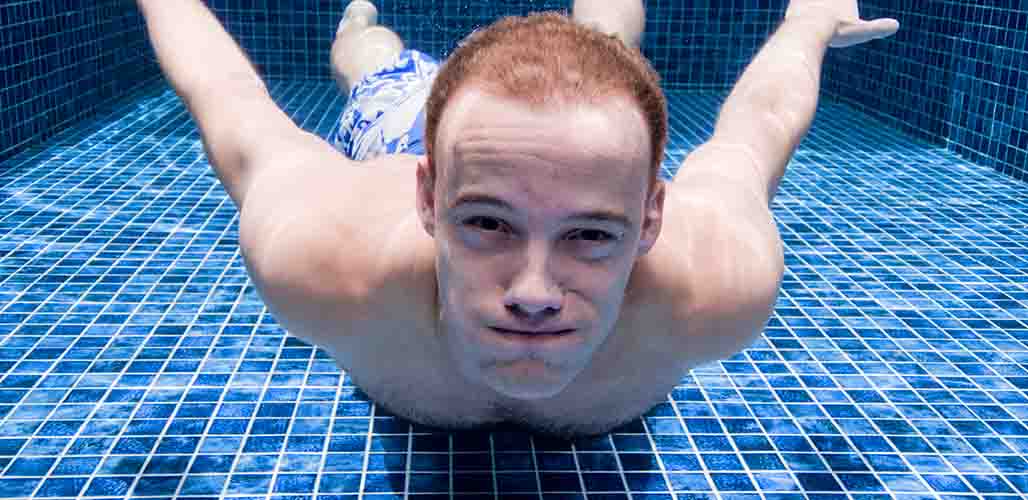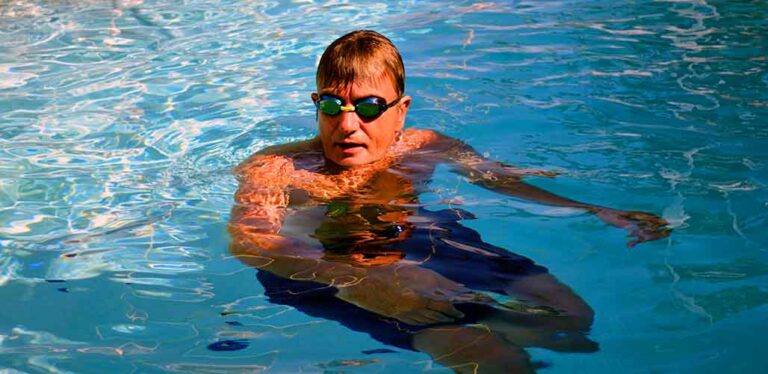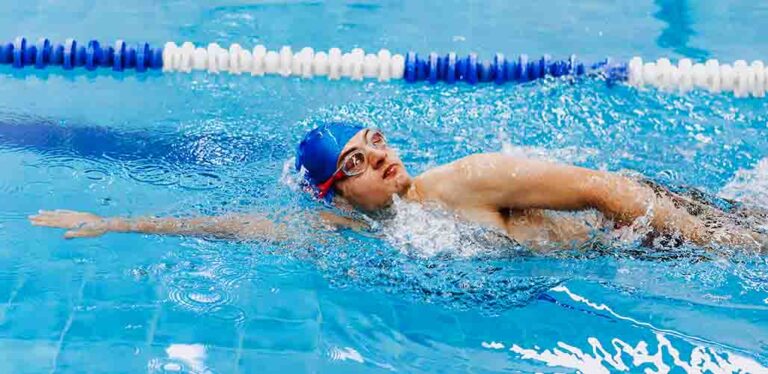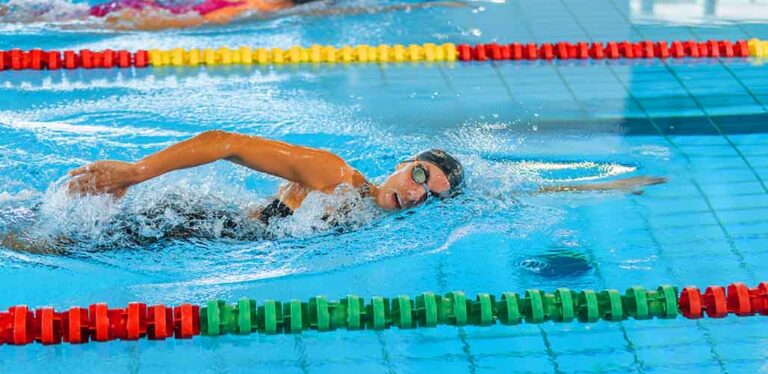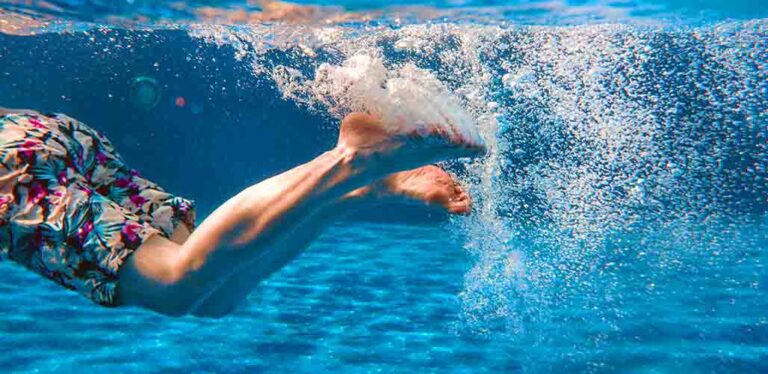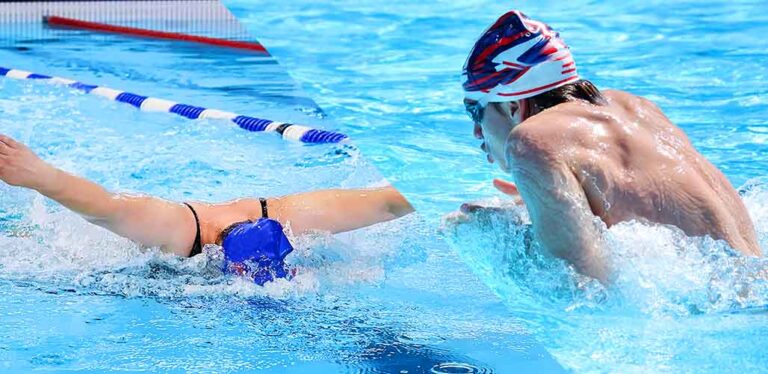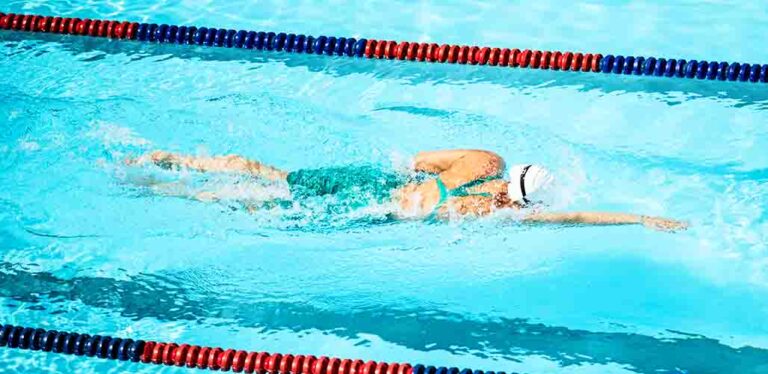What Is Lung Packing In Swimming?
Lung packing is a traditional approach used by swimmers and freedivers to increase the air carried in the lungs. Although it has some significant benefits, lung packing is a pretty controversial method because of the risks involved. Since the technique is highly problematic, it’s only suitable for professionally trained free divers. Today I explore everything you need to know about lung packing. From what lung packing in swimming is, its advantages, dangers and those all important safety measures.
Contents
- What is lung packing in swimming?
- The benefits of lung packing before a swim
- Who can do lung packing?
- Risks of lung packing before a swim
- How to make lung packing safer
Please do not attempt lung packing unless you are being trained in person, by an expert. This is a fascinating method, but the risks of going it alone are way too high.
What Is Lung Packing In Swimming?
Lung packing is a technique some skilled swimmers use to inhale more air into their fully inflated lungs before a dive or breath hold. It is a passive form of inhalation that works against the resistance of your chest wall.
Benefits Of Lung Packing To Your Swim
Skilled swimmers do lung packing because it helps them dive into great depths underwater. It increases the air they can inhale, allowing them to hold their breaths for a long time. Outlined below are a few reasons why swimmers do lung inhaling before diving.
How To Increase Lung Capacity
An average person’s lungs typically hold four to six liters of air when breathing. Depending on how skilled you are at the process, lung packing allows you to exceed that capacity by 10% to 50%.
Lung packing enables the lungs to hold up to 2.59 liters more air than their maximum capacity. The technique involves forcing air into completely air-filled lungs using muscles in your glottis, which increases the capacity of the lungs to store more air.
Lung Packing To Hold Your Breath For Long
Greater lung capacity means your lungs can hold more air while you dive. You will have access to a high quantity of oxygen for your brain and body. This allows you to hold your breath and stay underwater for longer.
How To Equalize Pressures At Greater Depths
When you dive deeper, the air in your lungs begins to compress. At about 30 meters depth, the air in your lungs is too compressed to allow you to breathe. Lung packing relaxes airway pressure and helps you equalize pressures at greater depths.
Who Should Do Lung Packing?
Swimmers with extensive experience and expert training should perform lung packing. The technique is only for skilled swimmers who are good at holding their breath for a long time and can control their heart rate and remain calm.
The International Association for Development of Apnea (AIDA) does not recommend lung packing for beginner or intermediate swimmers.
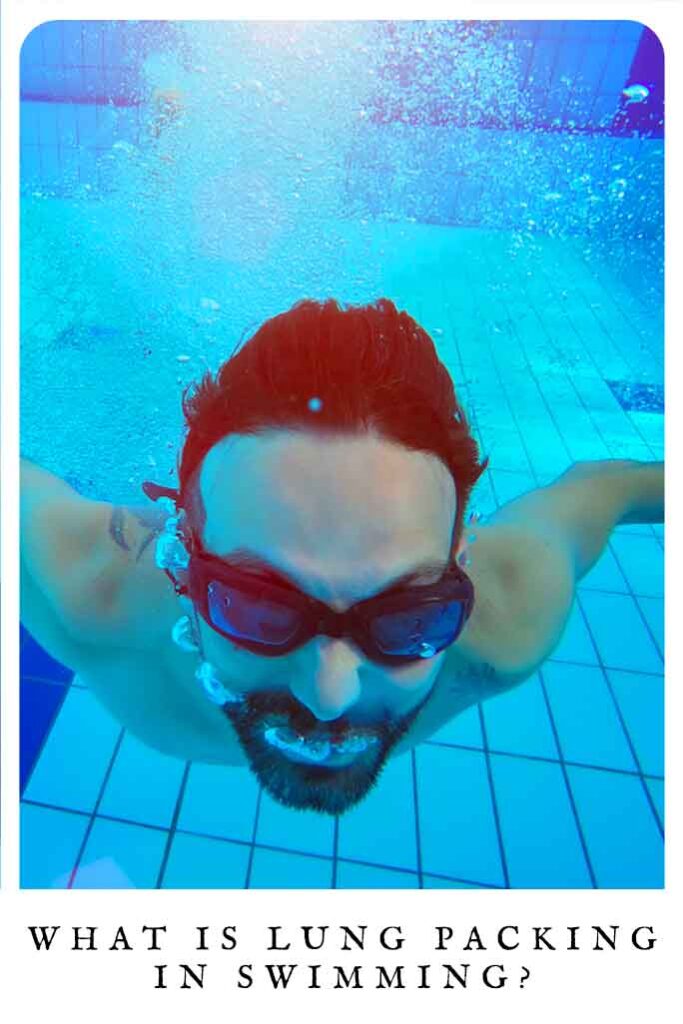
Risks Of Lung Packing In Swimming
Lung packing has several associated risks. It raises the danger of the diver getting decompression sickness or nitrogen narcosis, which can result in death by air trapping in blood. Research shows that the most common but extremely dangerous risks include the following:
- Gas emboli (air in blood vessels)
- Pneumothorax (collapsed lung)
- Compromised heart function
- Decompression sickness (dissolved gases form bubbles in blood and tissues)
- Nitrogen narcosis (change in consciousness)
- Injury to heart muscles
- Underwater blackout
What Precautions Should You Take While Lung Packing?
Lung packing has several benefits, but the risk factors shouldn’t be ignored. You must practice the skill with appropriate precautions and keep yourself safe. Consider following the precautions mentioned below to safely do lung packing.
- Use a mentor
- Know the risks
- Take it slow
- Practice out of water
Practice With a Mentor
If you’ve never done lung packing before, it can be challenging to follow written instructions. Try practicing under the supervision of a freediving teacher/mentor. It is much safer to practice with an expert familiar with the technique. They can watch out for you underwater and point out your mistakes.
Understand the Risks
Carefully read through the potential risks lung packing can pose. Understanding what might happen can help you prepare for it beforehand. You should educate yourself about the possible negative consequences and the best ways to help avoid them.
Take It Slow
It’s essential to pay attention to your body and refrain from overpacking. Always begin gradually and only carry tiny amounts a few times. Do not exceed 3-5 gulps of air while you are starting. Once you get the hang of the process, you can increase the volume of air you take into your lungs.
Practice On Dry Land First
Even though the risks of lung packing are similar in water and on dry land, it is better to practice on dry land first. Practice on land when you initially start lung packing. It is best to start practicing while seated to avoid hitting your head if you lose consciousness.
What Is Lung Packing in Swimming?
Lung packing is an effective approach for swimmers to increase their lung’s maximum capacity. It allows you to hold your breath for a prolonged time and equalize pressures at greater depths.
If not done correctly, it might affect your respiratory and cardiovascular health and even cause death. Before attempting lung packing, you should understand the potential risks and practice it slowly with a mentor to reduce the chances of any accidents.
More Fun Swimming Facts
- Can you wear your glasses to the pool?
- What happens when you stop in a triathlon?
- Which sports are swimmers best at?
- Are swim caps for guys too?
- Top pool shoes
References
- Patrician et al. 2021. Breath-Hold Diving – The Physiology of Diving Deep and Returning. Frontiers in Physiology.

